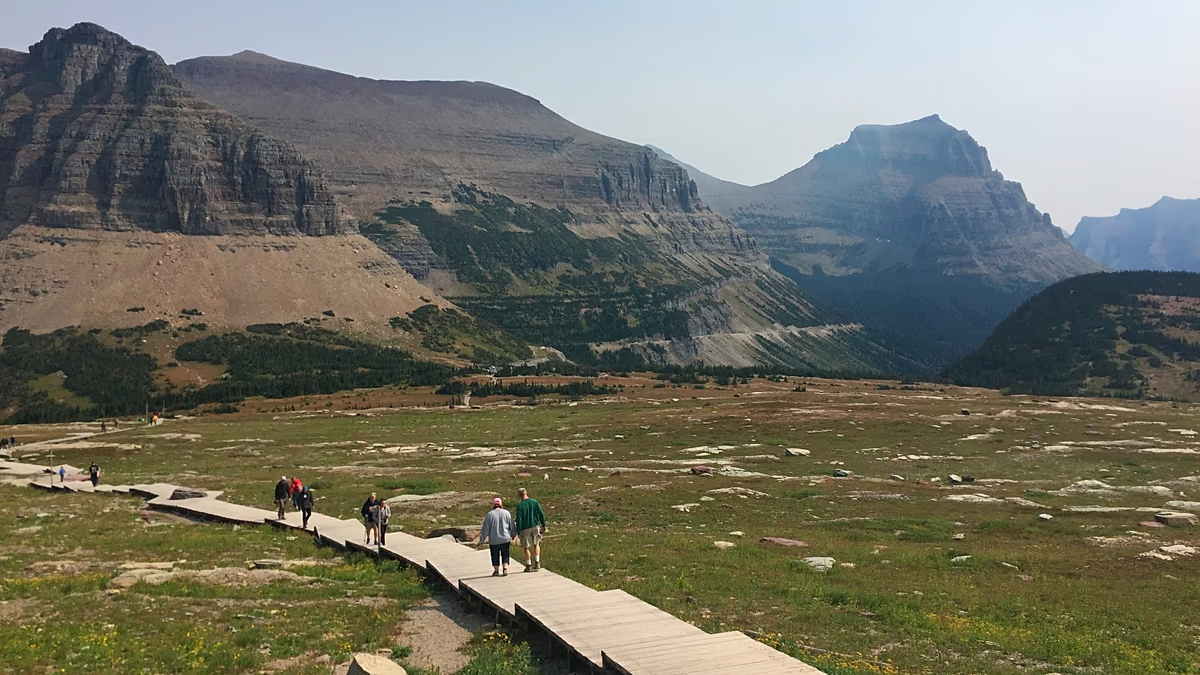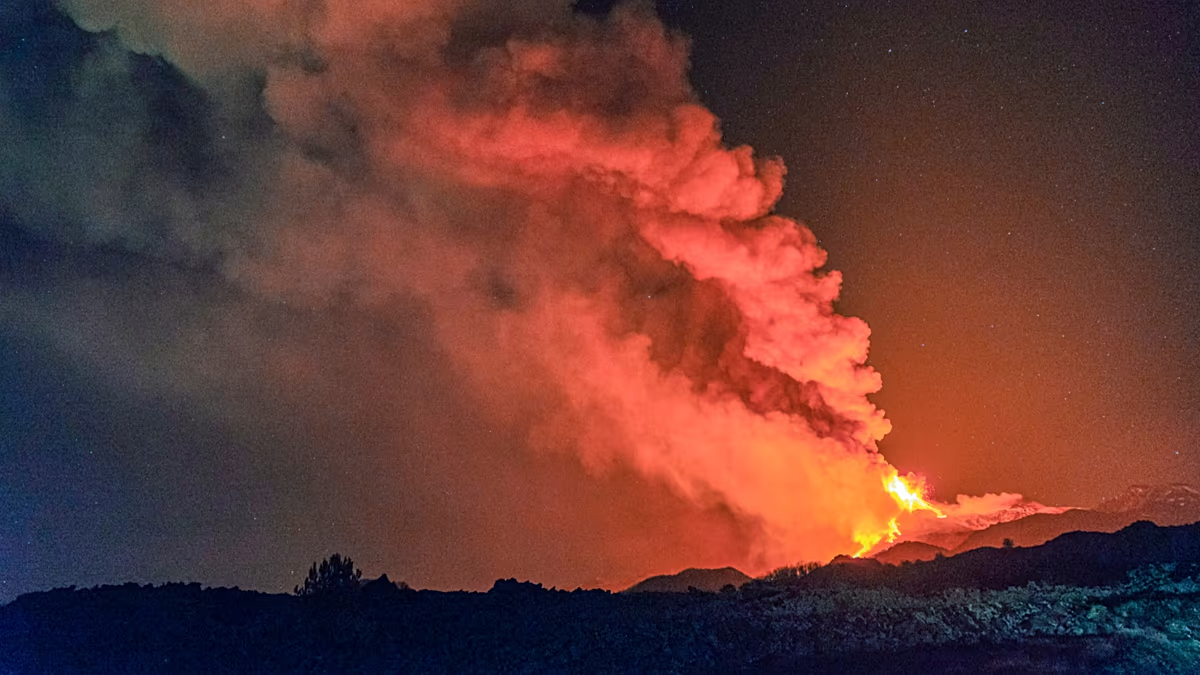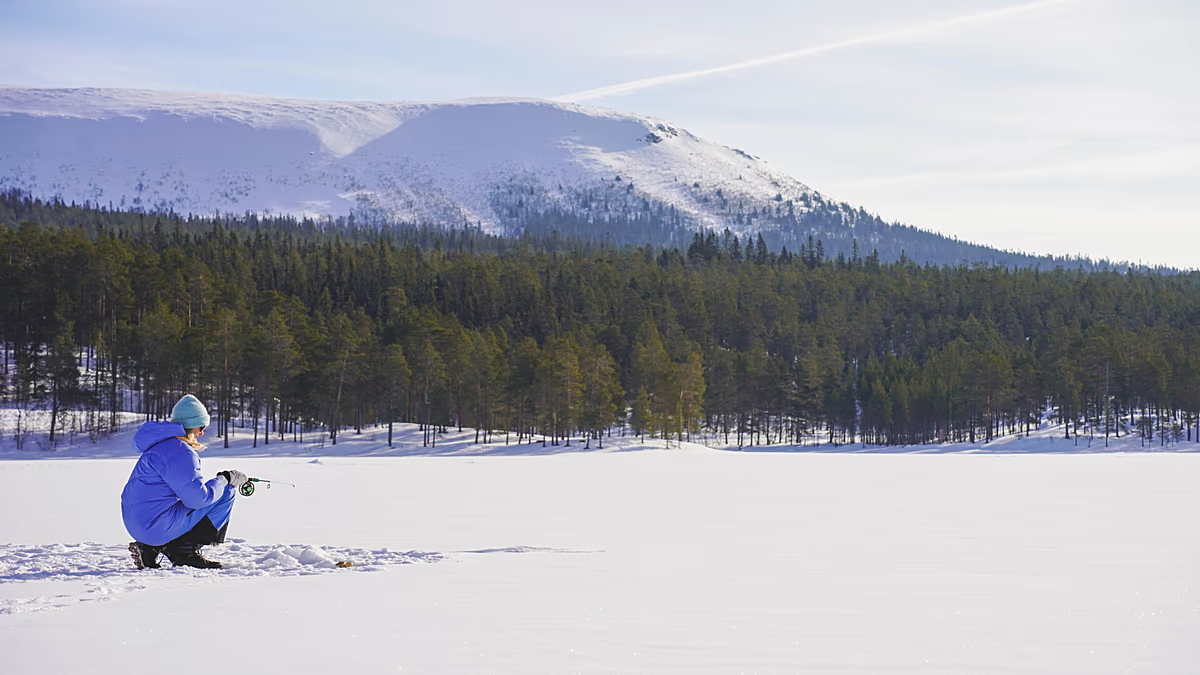The Rise of Gap Years Among Older Travelers
In recent years, the landscape of voluntourism has undergone a significant transformation. While gap years were once predominantly the domain of young adults seeking adventure before university or career commitments, a notable shift has occurred. Today, older travelers are increasingly embracing the concept of volunteer tourism, carving out their own meaningful breaks from conventional life paths. This demographic shift reflects changing attitudes toward retirement, work-life balance, and the pursuit of purpose-driven experiences later in life.
The traditional gap year – typically a year-long break between life stages – has evolved beyond its youthful origins. Older adults, often in their 50s, 60s, and beyond, are now taking extended periods away from their routines to volunteer abroad, combining travel with meaningful service. Unlike their younger counterparts, these mature voluntourists bring valuable life experience, professional skills, and emotional maturity to their placements. Organizations have noticed this trend, creating specialized programs that leverage the unique contributions older volunteers can make, from mentorship and teaching to healthcare support and business development in communities around the world.
What drives this growing cohort of senior travelers toward voluntourism varies widely but often centers around life transitions. Many embrace these experiences following retirement, career changes, or significant life events like children leaving home or the loss of a partner. For some, it represents a chance to fulfill lifelong dreams of meaningful travel previously deferred by family and professional obligations. Others view volunteering abroad as an opportunity to transfer skills developed over decades of work to communities that can benefit, creating a sense of purpose that traditional tourism often lacks. The extended time frame of a gap experience allows these travelers to immerse themselves more deeply in local cultures than standard vacations permit.
The impact of this demographic shift extends beyond personal fulfillment for the volunteers themselves. Host communities often express particular appreciation for older volunteers, valuing their patience, reliability, and accumulated wisdom. Organizations report that intergenerational volunteer teams can create dynamic environments where different perspectives enhance project outcomes. Additionally, older voluntourists frequently become advocates for global causes upon returning home, leveraging their social networks and community standing to raise awareness and resources for the projects they supported abroad. Their influence extends further than they might initially anticipate, creating ripple effects that benefit both their home and host communities.
Despite the growing popularity, challenges exist for older voluntourists. Physical limitations may restrict participation in certain projects, while family responsibilities—perhaps caring for aging parents or supporting adult children—can complicate extended absences. Financial considerations also differ significantly from younger gap year participants; while older travelers often have more resources, they must balance these experiences against retirement planning. Organizations are adapting by developing more accessible programs, offering shorter-term opportunities alongside traditional gap year experiences, and providing enhanced support systems for older participants. Insurance companies have likewise recognized this market, creating specialized travel coverage for mature voluntourists with different health considerations than younger travelers.
As the phenomenon continues to grow, the voluntourism industry is evolving to better accommodate the needs and contributions of this demographic. Programs increasingly offer tiered physical requirements, flexible timeframes, and opportunities that specifically request professional expertise. Cultural orientation now often addresses intergenerational dynamics within host communities, where respect for elders may differ significantly from Western norms. This evolution of the gap year concept demonstrates how traditional life paths are being reimagined across generations. The rise of older voluntourists signals a broader social shift in how we view aging, purpose, and global citizenship—suggesting that meaningful engagement with the world need not diminish with age but can instead take new, perhaps even more impactful forms.










